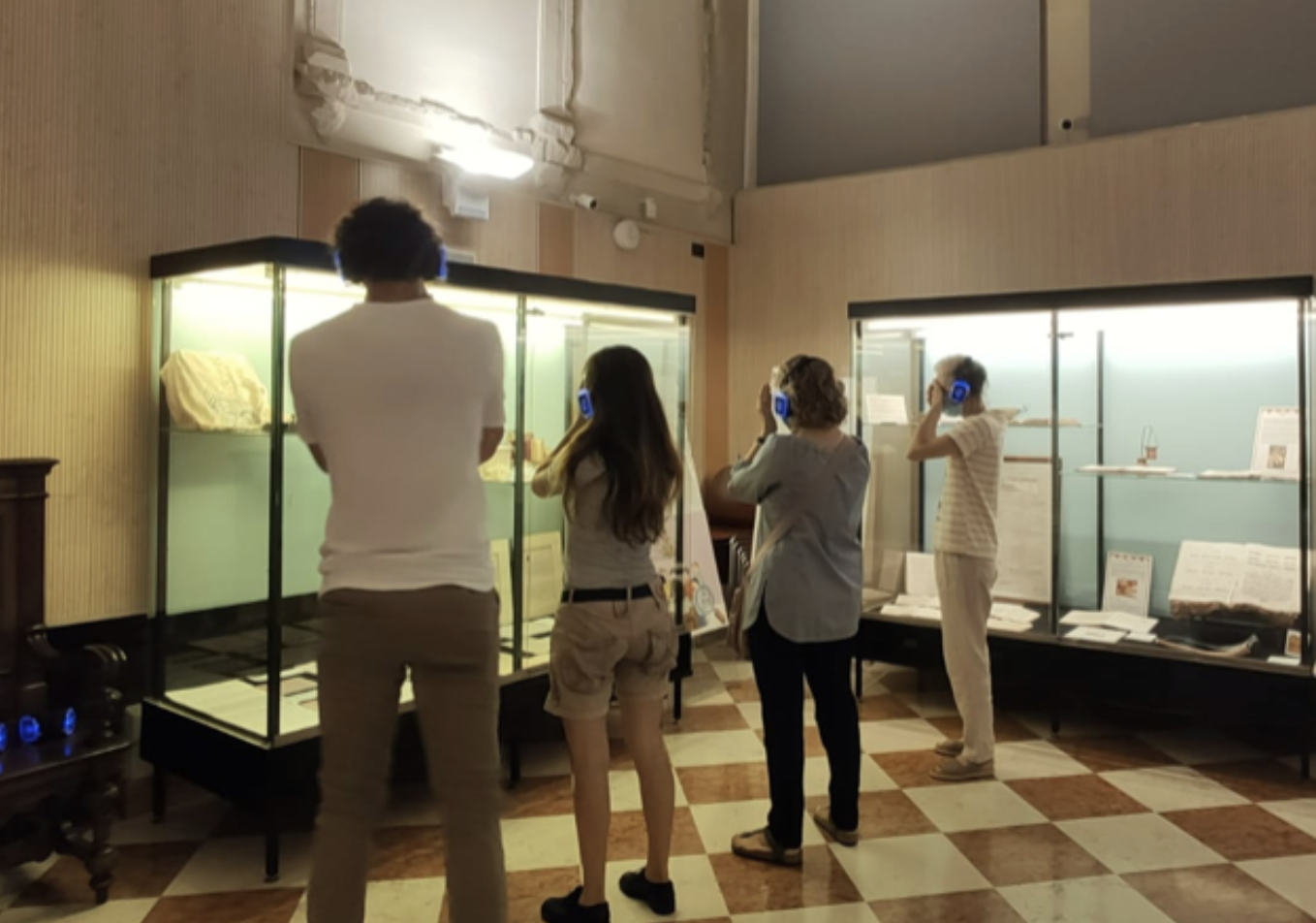PADUA – Cavalieri: ten years of the museum, a successful challenge

The Museum of the Jewish Padua was established in the former Ashkenazi synagogue, which was set on fire by a group of Fascists in 1943. The museum is a new space that tells the glorious history of local Jews and other notable figures, such as Avraham Mintz, the founder of Padua’s yeshivah; Moshe Chayim Luzzatto, the famous “Ramchal”; and Samuel David Luzzatto, also known as “Shadal.”
Ten years later, the balance is positive, according to Gina Cavalieri, president of the foundation that runs the museum. “We are a constantly growing reality,” she said. “In 2024 alone, we had 7,000 visitors, over 2,000 of whom were students from primary, secondary, and university schools.” This is almost double the total number of visits in the previous two years, thanks in part to institutional synergies.
“We regularly hold workshops for students on Jewish topics,” explained Cavalieri, who is also vice president of the Jewish community. “After exploring the Nazi-fascist persecution, we investigate Jewish history throughout the centuries. Many students know little or nothing about it, so it is a fascinating discovery for them.” The foundation organizes visits to the nearby Italian rite synagogue, old Jewish cemeteries, and stumbling stones in memory of victims of extermination camps.
The Foundation organizes cultural events, thematic exhibitions, book presentations, concerts, days dedicated to the Jewish calendar, celebrations, and workshops for children and families.
Despite the increasing antisemitism in Italian society, Cavalieri remarked that she is not aware of “a single moment of tension or an unpleasant question.” Therefore, the hope to continue being an inclusive space for confrontation and dialogue between different generations, cultures, identities, and faiths is well-founded. However, not everything is positive. At the beginning of July, for example, Padua University’s academic senate unanimously approved a motion to boycott Israel.
Cavalieri considered it “terrible” because of the way it was written and the issues it raised.
The museum protested with a letter to the rector. Among the good news, Cavalieri noted that a new full-time employee was hired. “For an organization as small as ours, it’s a significant investment. It is a sign of hope.”
Translated by Chiara Tona and revised by Alessia Tivan, students at the Advanced School for Interpreters and Translators of the University of Trieste, trainees in the newsroom of the Union of the Italian Jewish Communities — Pagine Ebraiche.
